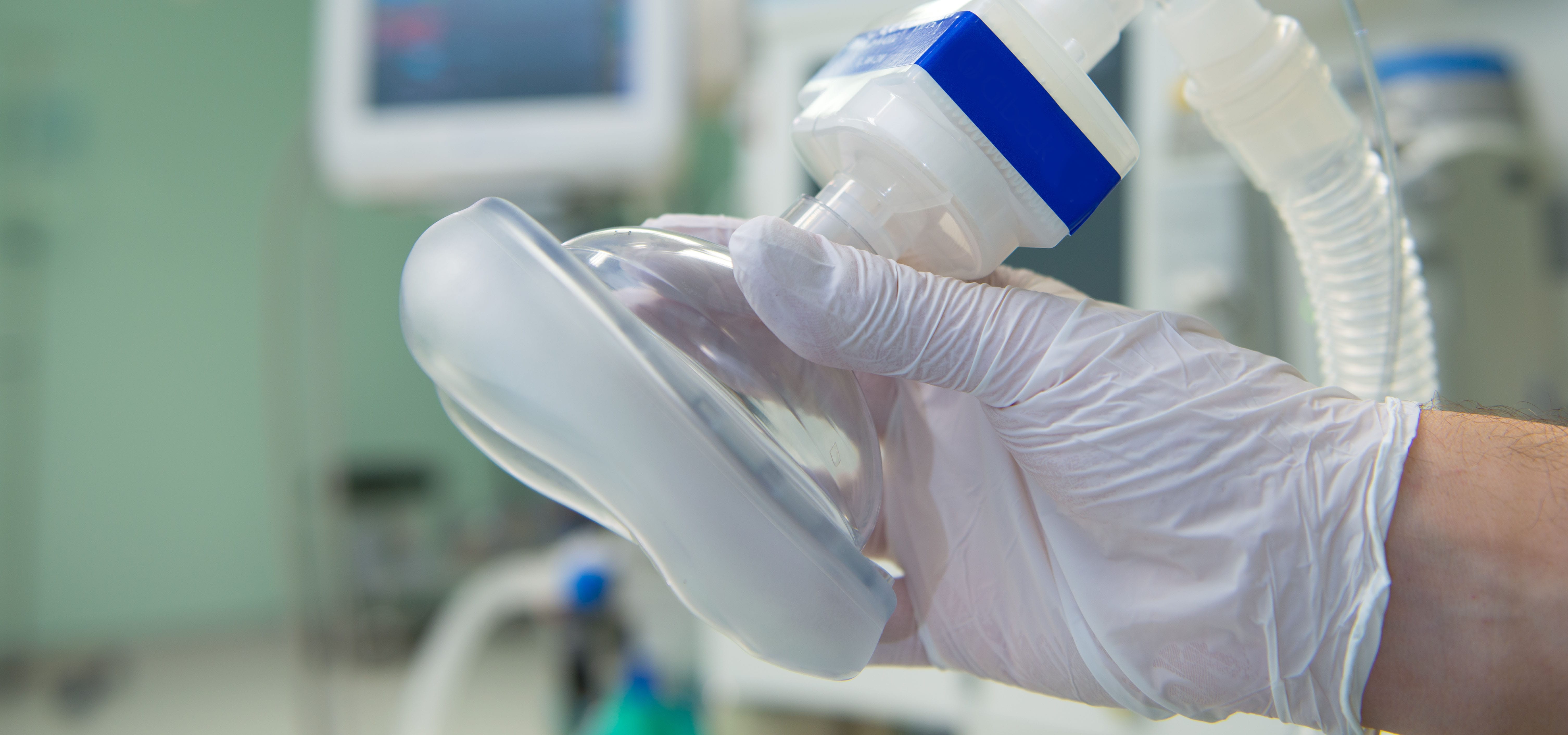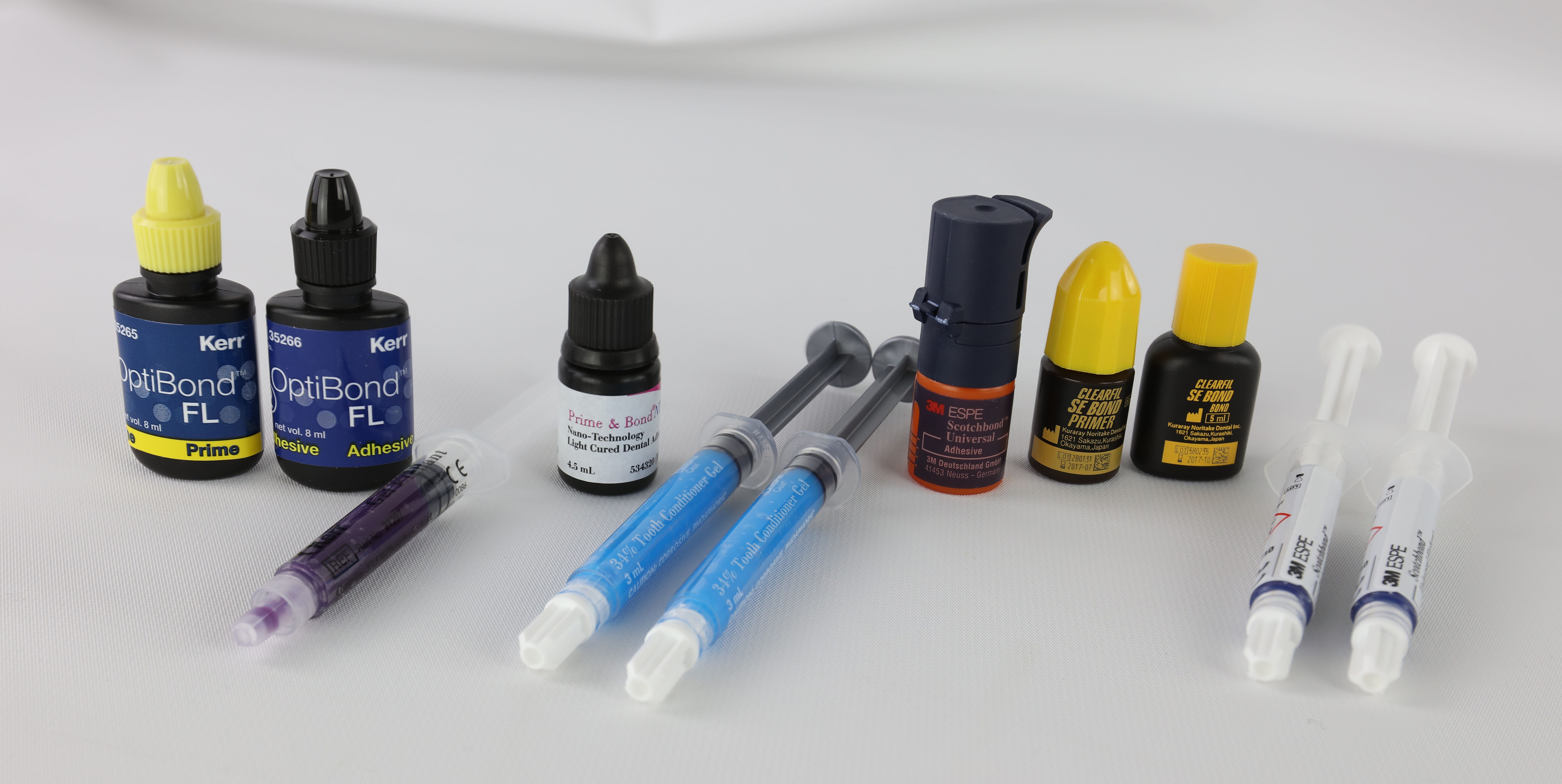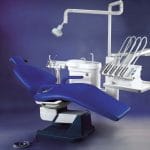In the ever-evolving landscape of healthcare, anesthesia supply plays a pivotal role in ensuring patient safety and comfort during procedures. With the global market projected to hit $21.9 billion by 2025, understanding the key players in this sector is essential for healthcare facilities striving to optimize their operations.
This guide promises to illuminate the top providers in anesthesia supply, shedding light on market trends and critical factors to consider when selecting a partner. You’ll gain insights into the strengths and innovations of leading companies, helping you make informed choices that enhance patient care and operational efficiency.
Are you ready to discover how the right anesthesia supply partners can transform your practice? Let’s embark on this journey together!
Market Overview
The dental anesthesia sector has shown remarkable growth, expanding from $2.2 billion in 2023 to $2.39 billion in 2024. This growth reflects increasing demand for painless dental procedures and technological advancements in delivery systems.
Market Drivers
- Rising surgical volumes
- Aging population demographics
- Technological innovations
- Increasing patient comfort demands
Leading Manufacturers and Solutions
The dental anesthesia market is dominated by several key manufacturers across different market segments. These providers offer distinct solutions tailored to various practice needs and budget considerations.
Premium Tier Providers
| Manufacturer | Key Strengths | Notable Solutions |
|---|---|---|
| Laboratorios Inibsa S.A. | Market Leadership | Advanced Delivery Systems |
| Septodont Holding | Innovation | Local Anesthetic Solutions |
| 3M Company | Global Reach | Comprehensive Product Line |
Market Leaders’ Specializations
Septodont maintains market dominance through:
- Specialized dental anesthetic formulations
- Advanced delivery systems
- Recent strategic acquisitions
Mid-Market Solutions
The mid-tier segment focuses on providing cost-effective solutions while maintaining quality standards:
- Computer-Controlled Delivery Systems
- Precision dosing capabilities
- Enhanced patient comfort
- Integrated safety features
- Local Anesthetic Solutions
- Multiple concentration options
- Various delivery mechanisms
- Comprehensive training support
Technology Integration and Innovation
The integration of advanced technology in anesthesia delivery systems has revolutionized patient care, focusing on enhancing safety, efficiency, and precision in medical procedures.
Advanced Monitoring Systems
Modern anesthesia delivery utilizes comprehensive digital monitoring systems:
| Feature | Benefit | Impact |
|---|---|---|
| Real-time Vital Sign Tracking | Continuous surveillance | 30% reduction in adverse events |
| Automated Documentation | Enhanced focus on patient care | Improved accuracy |
| Practice Management Integration | Seamless data sharing | Better coordination |
Safety Enhancement Technologies
- Automated Dosage Systems
- Computer-controlled infusion pumps
- Patient-specific programming
- Real-time adjustments
- Intelligent Monitoring
- Drug interaction detection
- Automated alert systems
- Predictive analysis
- Emergency Response Integration
- Automated protocol activation
- Critical deviation alerts
- Rapid response coordination
Implementation and Cost Management
Strategic Implementation Framework
The integration of new anesthesia systems demands three core components:
- Staff Training and Development
- Initial certification programs
- Ongoing competency assessments
- Cross-training protocols
- Safety protocol updates
- Operational Standards
- Inventory control systems
- Supply management protocols
- Documentation procedures
- Quality assurance measures
- Emergency Preparedness
- Response team protocols
- Equipment failure contingencies
- Crisis management procedures
- Regular drill schedules
Cost Management Framework
| System Tier | Initial Investment | Annual Maintenance | Total 5-Year Cost |
|---|---|---|---|
| Premium | $45,000-65,000 | $8,000-12,000 | $85,000-125,000 |
| Mid-Range | $30,000-44,000 | $5,000-8,000 | $55,000-84,000 |
| Economy | $15,000-29,000 | $3,000-5,000 | $30,000-54,000 |
Industry Challenges
Current Workforce Crisis
The anesthesia workforce shortage has reached critical levels:
- 78% of facilities report staffing shortages
- Projected shortage of 12,500 anesthesiologists by 2033
- 30% reduction in current workforce expected
Operational Complexities
Healthcare facilities face mounting pressures:
- Rising compensation demands
- Limited professional pipeline
- Increased procedure complexity
Regulatory Framework
- Federal Oversight
- FDA requirements
- Medicare/Medicaid compliance
- Safety protocol mandates
- State-Level Governance
- Varying practice requirements
- CRNA oversight protocols
- Licensing requirements
Future Trends and Innovations
Advanced Technology Integration
| Technology | Impact | Implementation Rate |
|---|---|---|
| AI Systems | 25% reduction in adverse events | 45% of facilities |
| VR Training | 90% skill retention rate | 30% adoption |
| Remote Monitoring | 70% satisfaction increase | 55% utilization |
Environmental Sustainability
- Gas Management Innovation
- Low-flow techniques reducing consumption by 30%
- Advanced gas recapture systems
- Precision delivery mechanisms
- Resource Optimization
- Digital workflow integration
- Paperless documentation
- Automated inventory management
- Energy Conservation
- Smart equipment deployment
- Power consumption monitoring
- Automated shutdown systems
Quality Assurance Framework
Maintenance Requirements
- Daily system checks
- Weekly calibration
- Monthly safety inspections
- Quarterly comprehensive review
Technical Support
- 24/7 emergency assistance
- Remote diagnostics
- On-site service options
- Software updates
Market Outlook
The dental anesthesia market shows strong growth potential through 2030, driven by:
- Increasing surgical procedures
- Technological innovations
- Growing patient awareness
- Rising healthcare standards
Conclusion
The anesthesia supply industry represents a critical component of modern healthcare delivery. Success requires careful consideration of provider selection, implementation strategies, and ongoing support requirements. Healthcare facilities must evaluate their specific needs, budget constraints, and long-term objectives when selecting anesthesia supply partners. The right combination of technology, support, and training ensures optimal patient care outcomes while maintaining operational efficiency.












